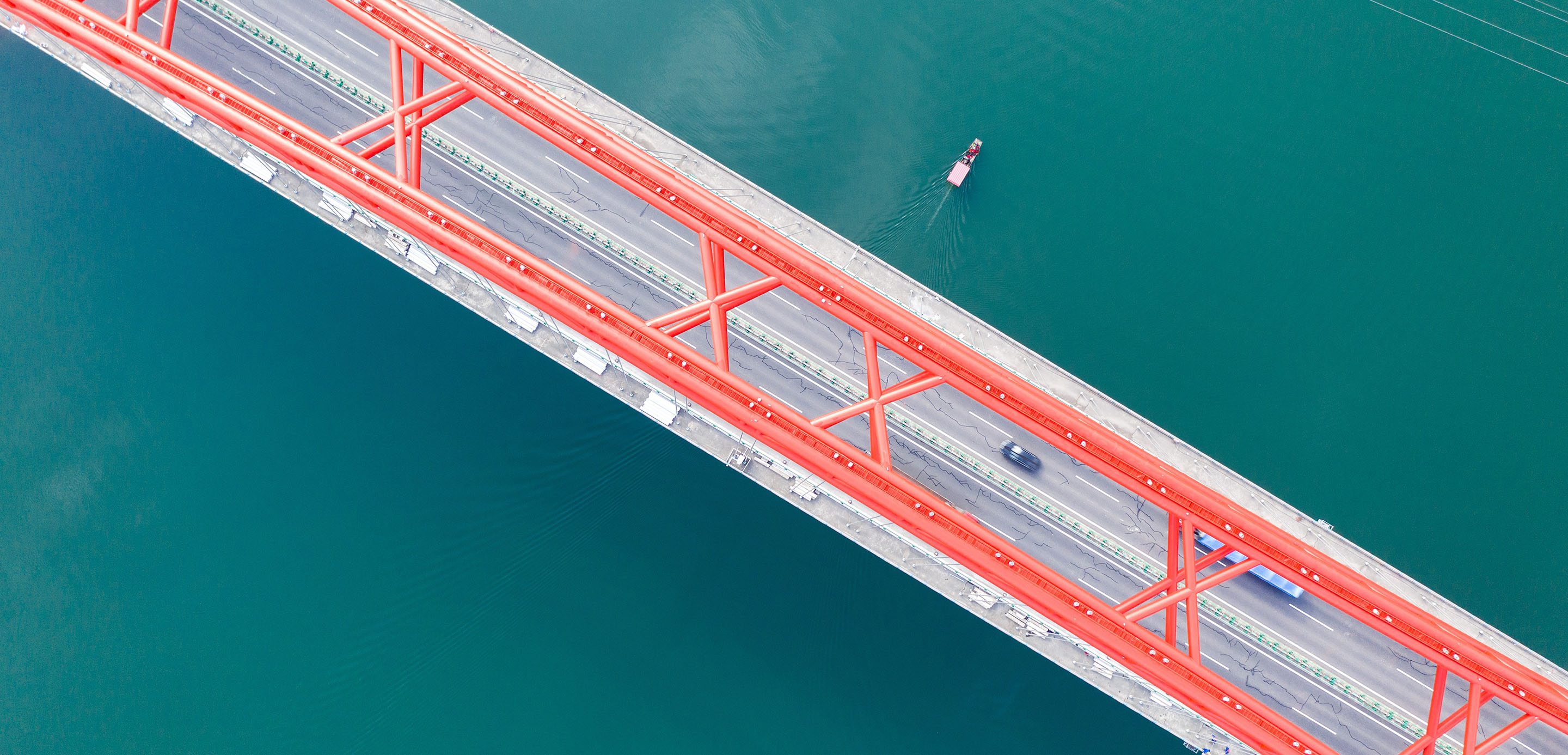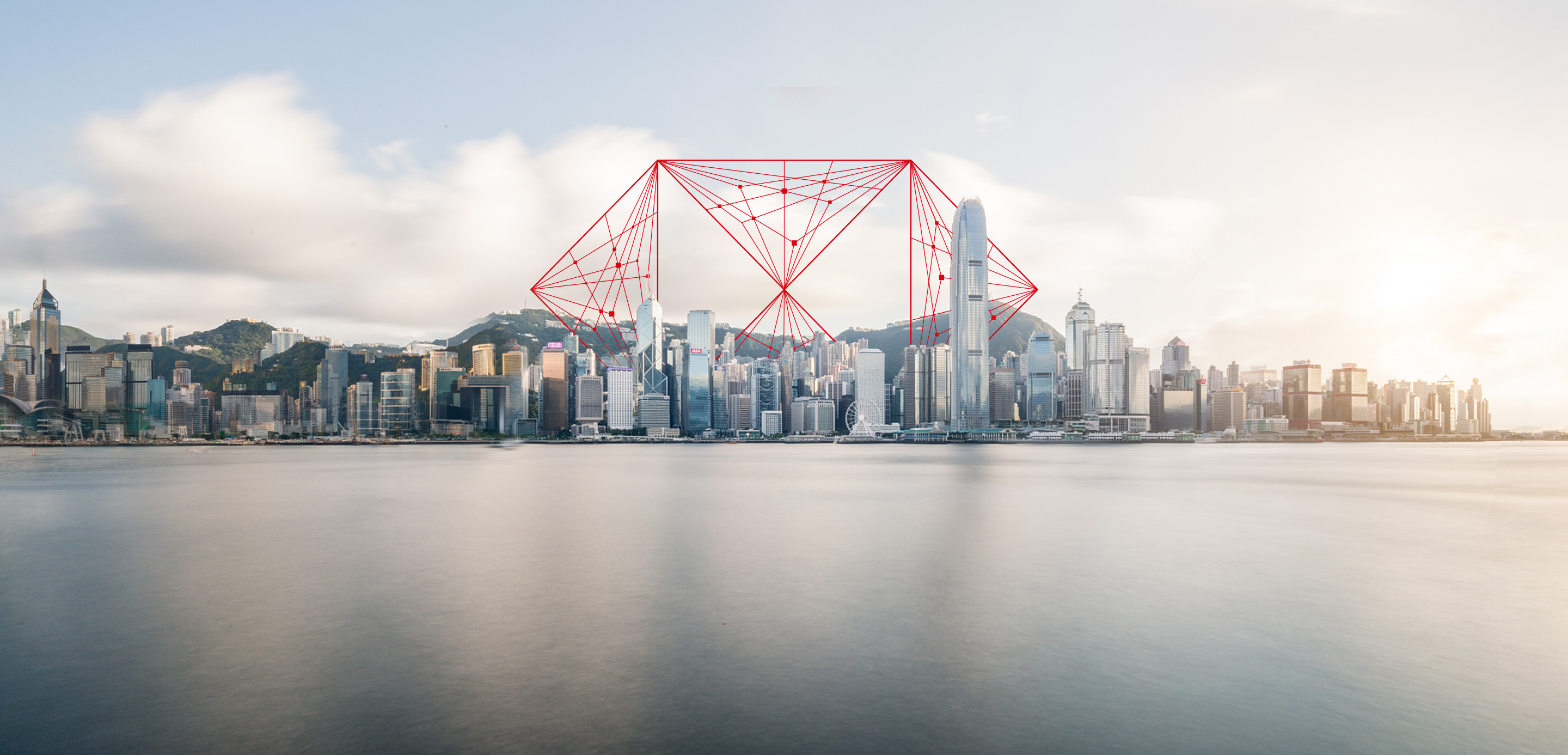- Article

- Facilitating Trade
- Working Capital
Asia-Pacific's Gulf links on course to expand despite Red Sea troubles
The trade flows that link the Gulf to Asia, along the so-called Silk Road, are ancient. But today there is renewed focus on this linkage as goods-carrying ships in the Middle East bound for Asia face disruption and being re-routed as they pass through the Suez Canal and the Red Sea.
The complex diplomacy and geopolitics underlying these realities touch governments right around the globe, which has led to some revising their optimism about the future of the Gulf-Asia trade and investment corridor.
And yet, the longer term trends and commitments to opening up a new silk road are not changing. Ambitious diversification plans among Gulf economies remain unchanged, and will require connectivity to high growth markets in Asia-Pacific. The push away from hydrocarbons for example is driving governments, investors and companies on both ends of the corridor to invest – and seek investment – in new technology and infrastructure.
Capital rich countries in the Gulf increasingly seek investment diversification away from traditional centres and South Asian nations have exciting consumer stories and young workforces to offer in exchange. The Asian region offers better GDP growth potential than the West, contributing over 60% of global GDP in 20231. The ASEAN-6, comprising Indonesia, Malaysia, the Philippines, Singapore, Thailand and Vietnam, are forecast to grow by 4.7% in 20242, far outstripping the 1.1% expansion expected in the developed world in 20243. Asia is also a growing centre in the supply chain for the transition economy.
Accordingly, GCC trade with emerging Asia to reach $578 billion annually by 2030, surpassing trade with advanced economies4.
Momentum for trade and investment agreements which aim to accelerate these trends has been growing for some time. Indonesia and the UAE signed a Comprehensive Economic Partnership Agreement (CEPA) in 2022,5 which aims to increase bilateral trade from $3 billion in 2021 to $10 billion by 2027. Since December 2021, Malaysia and Saudi Arabia have signed agreements on 18 industrial projects, with investments totalling $1.65 billion and these projects are anticipated to create around 2,560 jobs6. Japan is also cementing ties with the Gulf states. Prime Minister Fumio Kishida signed a deal in Saudi Arabia in July 2023 to cooperate on rare-earth metals and clean hydrogen7. Given Japan’s strong business ties into ASEAN, there are also numerous opportunities to strike partnerships combining Japanese expertise and capital, and that of the Gulf, with leading local players.
The India Middle East-Europe Economic Corridor (IMEC) could be another long term driver of activity between the regions. Six months on from its announcement, consideration is understandably turning to the likely logistical and geopolitical challenges of making such a grand plan reality. But there is good financial and political capital behind the project. Saudi Arabia has committed $20bn to its success. 8 US president Joe Biden called it a ‘game-changer’. If even some of the potential of the initiative is realised – it could lead to a 40% increase in trade speed through the corridor9 – it could support a significant uplift in activity between Asia, the Gulf and Europe.
Gulf sovereign wealth funds have been making tangible steps to realise the opportunity too. Abu Dhabi Investment Authority’s (ADIA) has been a major investor in Indonesian ride-hailing and e-commerce group GoTo since before its 2022 IPO10. The emirate’s renewable power company Masdar also made a strategic investment in Indonesian Pertamina Geothermal Energy’s IPO11. Mubadala sought exposure to Asian demographics with its investment in India’s the Cube Highways Trust12, and has now doubled down on the region with the formal opening of a Beijing office.13 Meanwhile Saudi Arabia’s PIF plans to build on the 2022 opening of its Hong Kong office with more presence in mainland China.14
Direct cooperation between both regions’ sovereign wealth funds are further driving opportunity for increased flows through corridor. The UAE has committed USD20 billion to the newly established Indonesian Investment Authority (INA)15, and the forthcoming Maharlika Investment Fund in the Philippines, is drawing the attention of Gulf’s more established counterparts. Both funds take a catalytic role, seeking to attract co-investment into their countries in infrastructure and other key areas. That’s a natural alignment for Gulf money: long-term, reliable in distribution, and anchored to demographics that are attractive even compared to growing home economies.
Other structures, such as a Middle East-China cooperation fund jointly established by the city of Shenzhen and Saudi Arabia’s PIF to stimulate post-pandemic growth, are taking targeted approaches, with similar initiatives involving other mainland Chinese cities, and potentially other sovereign funds, expected to follow.
It is far from one-way traffic. A growing Asia investor base is increasingly seeking access to opportunities in the Gulf. A mark of this was the launch, in November 2023, of Asia’s first ETF tracking the performance of Saudi Arabian equities. The Hong Kong listing attracted over USD1 billion in assets under management at launch. We also believe that Japanese companies will be welcome partners to invest in the Gulf, bringing international experience and industrial expertise.
The net zero transition will be a huge catalyst of activity through the new silk road. Enormous renewable energy and infrastructure development projects across the Gulf are creating opportunity for Asia-based contractors, and for the export of emission reducing technologies. For example, in 2022 Saudi Arabia’s ACWA Power signed agreements with nine Chinese entities, laying the ground for financing, investment and construction of ACWA Power’s global clean and renewable energy projects16.
Transition-focused international agreements also inevitably relate to the high population, high growth, higher emitting markets along this corridor. At COP 28 in December, the UAE announced the launch of its Global Climate Finance Centre (GCFC). Based in Abu Dhabi, it will support local and international players in unlocking capital for transition in markets laying largely along the Silk Road.17 COP28 also saw the launch of the Capacity-building Alliance of Sustainable Investment (CASI), focused on addressing the bottleneck in emerging and developing markets around technical capacity to access private and public capital for the transition.
When delegates meet at HSBC’s inaugural Global Investment Summit in Hong Kong on 8 April, they will discuss how these types of new networks are changing the global economy. Making precise preditions might be ill-advised. But the deep and growing connectivity between Asia and the Gulf, backed by active diplomacy, co-operation and investment is too compelling, and makes too much sense to be derailed. It suggests the beginning of a generational shift that will have far-ranging implications for international trade, business, and societies.



